My recent visit to Kathmandu evoked many memorable events from the past. I was in Montreal in September 1994 attending a global conference on tourism. I met a guy from New York who had been to Nepal in the 70s and had loved visiting there. He remembered his visit to Pashupatinath Temple and told me that he had discovered “paradise on earth”. I will tell you that during the 70s Nepal was a very popular destination for the hippies; maurijauna (ganza in Nepali), cannabis (hashish) were readily available in tourist areas such as the infamous “Freak Street” (Jhonche Tole). My friend from New York probably had smoked some ganza (resident Sadhus in Pashupati smoked it openly) as he must have felt the smoke lifting him to cloud nine. Local newspapers would report widespread use of other potent drugs like crack cocaine, heroin, and LSD (Lysergic Acid Diethylamide) amongst tourists and locals mostly who associated with tourists. Movies capitalized on the drug culture. I remember watching the movie “LSD” (not sure about the country where this was made) at a local theater. Dev Anand (the Gary Cooper of Bollywood) made a very popular movie “Hare Rama Hare Krishna” which was entirely filmed in tourist locations in Kathmandu. So, if you liked joints and grew up in the 70s and visited Kathmandu, I bet you felt there was no better place on earth.
However, the point of this post is not to dwell on the drug culture of Kathmandu but to talk about the loss of open space in and around my neighborhood. As I wrote in my previous blog, my friends and I would fool around and engage in all kinds of mischiefs. Stealing plums and persimmons from neighbor’s orchards, marauding vegetable gardens looking for the best radish (long and red – I haven’t seen this variety outside Kathmandu) and succulent cucumbers to eat while we played, were our favorite pass times . As Jhonche was getting notorious for its drug-infested tourist culture, Thamel (which was only a block or two away from our house in Paknajole) was gradually prospering as a tourist center. The legendary Kathmandu Guest House (KGH), run by the Shakya family, was the oldest establishment in Thamel. Two restaurants – Utse (Tibetan food, my favorite restaurant as I grew older) and KC’s (mostly western fares) - were the oldest restaurants in Thamel. But as the 70s waned, Thamel saw dramatic changes in its built-up areas, newer and larger houses were built to provide tourist accommodations. The main street in Thamel leading to the KGH used to be poorly lit and deemed unsafe to walk at night (we would avoid it after six in the evening). But now with new constructions and expanding tourist establishments, orchards and vegetable gardens were slowly giving way to multi-story buildings. I used to spend hours playing with my friends in the vegetable gardens (this was tolerated during off-seasons when no vegetables were planted). Suddenly, our favorite playgrounds were off-limits to us, and our daily routines affected as we started looking for alternative venues, further away from our neighborhood. Kathmandu was certainly experiencing a construction boom and it seemed Thamel was the epicenter of that boom. Our own family garden in front of our house was lost, as we had to forego our rights to plant vegetables there due to legal disputes with our neighbors who claimed the small parcel of land as communal property. Our neighbor behind our house had a big chunk of land where the family would grow vegetables. They sold their entire property to a guy who decided to construct a hotel. Tourist developments were slowly changing the landscape around Thamel, and the sights of tourists were becoming much more frequent. It was not until about the mid-1980s that tourism really took a strong hold in Thamel. But it was long before that all vacant plots and green space succumbed to the pressures of touristic enterprise and aspirations.
More on landuse change later...
Tuesday, August 4, 2009
Subscribe to:
Post Comments (Atom)
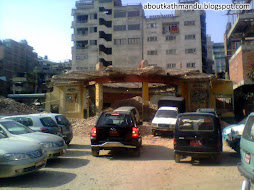





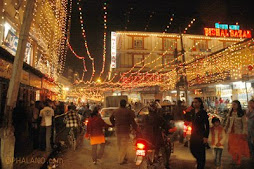













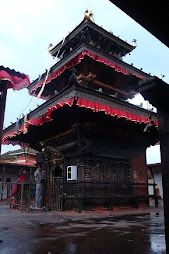






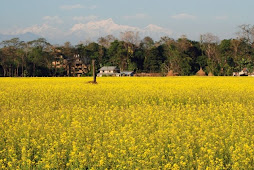



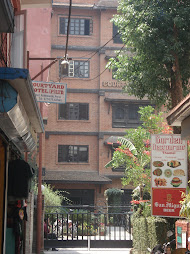












No comments:
Post a Comment